Canon EOS 50D Review
Canon EOS 50D
Canon’s latest semi-pro DSLR has a 15.1MP CMOS sensor and 6.3fps continuous shooting
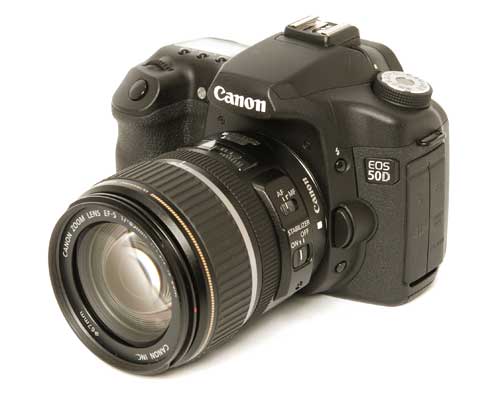
Verdict
Key Specifications
- Review Price: £830.00
The digital SLR market is a divided into three main strata, separated by price, specification and target audience. At the lowest end you have the entry-level models such as the Nikon D40 (£244 inc. lens), the Sony A200 (£300 inc. lens), the Olympus E-420 (£305 inc. lens), the Pentax K-m (£370 inc. lens), and the Canon EOS 1000D (£470 inc. lens). At the top end of the market you find the serious professional cameras such as the Olympus E-3 (£1,115 body only), the Sony A900 (£1,688 body-only), the Nikon D3 (£2,830 body-only) and the Canon EOS 1Ds Mk III (£5,300 body-only).
It’s in the middle ground, in the “semi-pro” area of the market that things start to get complicated, with strata within strata at a number of different price points, but here too there are key models from each manufacturer. One of the best bargains is the excellent Pentax K20D (£560 body-only), Sony has its impressive Alpha A700 (£565 body-only), Nikon has the gorgeous D300 (£770 body only), and Olympus has the under-rated E-520 (£354 body-only). It is into this highly competitive area that Canon has recently launched its new EOS 50D at a price of £830 body-only, or £1,040 with the 17-85mm IS lens. Even with a 15.1-megapixel CMOS sensor, live monitor view and 6.3fps continuous shooting speed, at a time when camera prices are rising and consumer’s belts are tightening, the 50D is going to have to be very, very good to succeed against such strong competition.
Based on first impressions alone, it certainly looks and feels like it’s in with a strong chance. The 50D’s body is basically the same as its immediate predecessor, last year’s EOS 40D, and like most semi-pro models the 50D is a big, heavy camera. It measures 145.5 x 107.8 x 73.5mm and weighs approximately 730g body-only, exactly the same size as the 40D but 10g lighter. It’s slightly smaller and lighter than the Nikon D300 (825g), but larger and heavier than the Sony A700 (690g). The weight reflects its build quality, which is, as one might expect, outstanding. The body is made from magnesium alloy, and feels immensely solid, as do all the controls and fittings. The only slight weak point id the plastic hinge of the battery hatch, but even this is far from flimsy.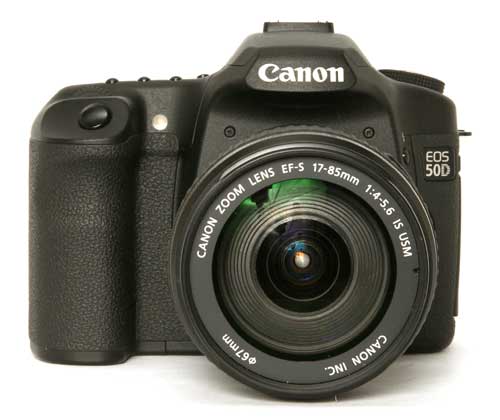
The memory card and battery hatches have rubber O-ring seals, and are described as “water resistant”, which means light rain or splashes, not a good soaking. Although the camera is reasonably well protected against dust and moisture, Canon does not make the same environmental protection claims for the 50D as it does for its full-frame cousin the 5D Mk II (which I hope to be reviewing next week). In this respect it is inferior to the Pentax K20D
The external control layout is also identical to the EOS 40D, with one small exception. The live view mode now gets its own button, although it has to share with the direct print function. Canon has stuck with the same control system for its high-end DSLRs since 2004 and the EOS 20D. It has an input dial above the shutter button, a large rotating control dial on the back, and a small joystick-like menu navigation control, with a small but clear and back-lit LCD data display on the top panel. Parameters such as white balance, ISO setting, drive mode, metering mode, exposure compensation and picture quality can be changed either by pressing the appropriate button and turning either the front or rear dials while watching the data display, or by pressing the Info button and the joystick, which brings up a graphic menu on the monitor. Exposure settings in the various manual exposure modes can be adjusted in the same way, which is useful if you’ve got the camera on a tripod positioned so that the data display is out of sight. It’s an enormously versatile system, but it is also pretty complicated. This isn’t a camera for beginners.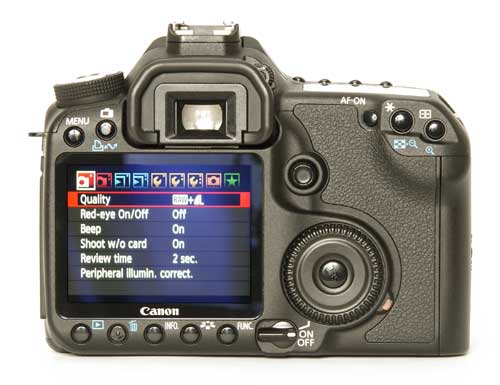
The 40D’s live view mode struck me as something that had been slapped on at the last moment because everyone else was doing it, but for the 50D the feature is much improved, not least because it now includes usable autofocus. In fact it has two autofocus options; a simple single-zone contrast-detection system complete with face detection, and a second mode that uses the main nine-point phase-detection array. The mirror has to flip up to take the AF measurement, but it does it so quickly and smoothly that it’s really no inconvenience. The phase-detection AF system is the same as the EOS 40D, with nine cross-type sensors arranged in a broad diamond pattern.
The monitor itself is also much improved. It’s still a nice big three-inch screen, but its resolution is now 920,000 dots, the same as the Nikon D300 and Sony A700. It has adjustable brightness and exceptionally good anti-glare properties. I had no trouble seeing it clearly in what little bright daylight we’ve had lately.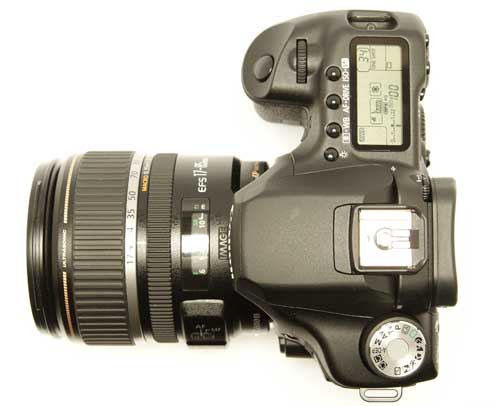
One new external feature is an HDMI socket, concealed under one of the rubber flaps on the left of the camera body. This can be connected to an appropriately-equipped HD TV, so that images from the camera can be displayed on the big screen. It also has a conventional composite video out socket, as well as USB 2.0, a threaded flash sync socket and a three-pin connector for the optional remote cable control.
While it looks very similar to the EOS 40D on the out side, on the inside it has many improvements to both hardware and operating features. The major change is of course the sensor. The 50D has a newly-developed 15.1-megapixel APS-C CMOS sensor that has larger photocells and larger microlenses that are closer together, increasing the sensor’s light-gathering capability. This is supposed to produce greater dynamic range and less noise at high ISO settings, and we’ll be taking a look at the results shortly.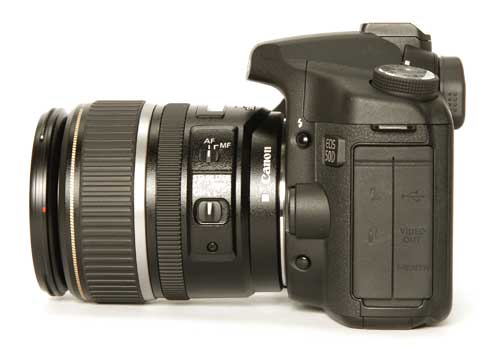
Incorporated into the sensor module is a self-cleaning system, which activates whenever the camera is switched on or off. It uses ultrasonic vibrations and an anti-static non-stick fluorine coating to remove dust from the sensor. If any particles remain, their effects can be automatically removed using dust delete data from the camera in the included software. Some cameras can do this internally, and nearly all digital SLRs have similar dust removal systems.
The new sensor is coupled with Canon’s latest DIGIC 4 processor, which features 14-bit image processing, producing greater colour depth and smoother tonal variations. The increased speed of the processor gives a big improvement in overall performance, with a virtually instant start-up and very quick image review.
Software-based improvements include a new Peripheral Illumination Correction function, which can automatically compensate for the slight vignetting effect when using some lenses, especially older wide-angle types. The system includes a database of Canon lenses, and automatically detects which one you have fitted.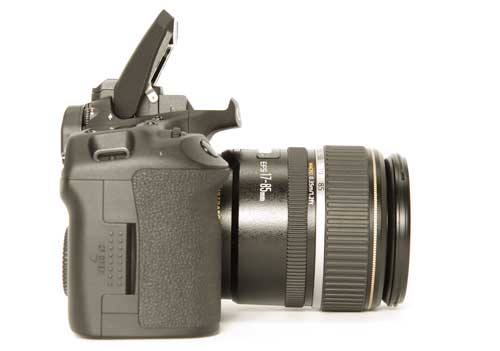
The 50D has a new image quality option, a third smaller 3.8-megapixel Raw mode setting, along with the 15.1MP and 7.1MP settings. This is presumably to save space on the memory card, since the smaller setting produces CR2 Raw files that are approximately 7.5MB in size, against the 20MB of the full 15.1MP files, or the 12MB of the 71.MP setting. I’m sure someone will find this amazingly useful, but personally I can’t imagine someone willing to spend over £1,000 on a camera who would baulk at paying a bit more for a few large-capacity CF cards.
The EOS 50D’s overall performance is certainly impressive . It starts up almost instantly and although it performs its automatic sensor cleaning on start up, this is subject to shooting priority so if you need to take a picture straight away, pressing the shutter button aborts the sensor cleaning and takes a picture.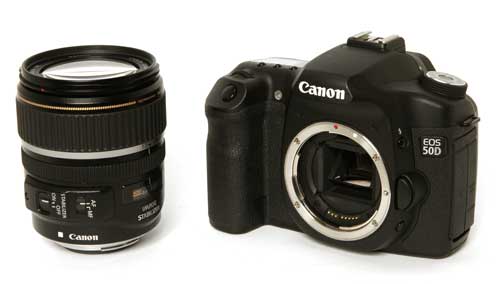
In viewfinder mode the autofocus system is also incredibly fast. I wish I had a Nikon D300 and a Sony A700 on hand to see which is actually faster, because I don’t think there’s much in it, but I suspect that the Canon might win that race. The AF system also works extremely well in low light, and was not noticeably slower in a room lit by dim candlelit than it was in bright daytime window light. For even darker situations the flash can operate as a strobe to provide illumination for focusing, something which most DSLRs can do, but with the 50D the strobe flash is very brief.
One of the 50D’s party tricks is its incredibly fast 6.3fps high-speed continuous shooting mode. Personally I’ve never had a lot of use for very fast drive speeds, but it says a lot for the power of the DIGIC 4 processor that it can do this in Raw + JPEG mode at the highest quality setting, which means that the chip is chucking out about 160MB of data a second. In Raw mode the buffer fills up after about 16 shots (depending on the speed of the memory card) and it slows down a bit, but it still keeps shooting at 2fps, which is faster than some cameras can manage with an empty buffer. In JPEG-only mode the buffer is big enough for approximately 90 shots. 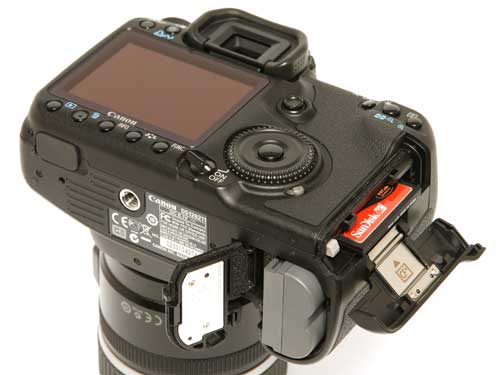
With all that impressive technology, I was expecting great things from the EOS 50D in terms of image quality. I was all set to be give it glowing praise, because there’s no doubt the image quality is extremely good, but then I compared the images directly with those from the EOS 40D, and was somewhat surprised to notice that in fact there really isn’t any real improvement. Comparing shots at 1600 ISO the 50D actually seems to produce slightly more noise, and dynamic range also seems to be slightly lower, with less recoverable shadow detail especially at higher ISO settings. The new sensor also doesn’t seem to offer any real advantage in terms of overall sharpness and level of fine detail either, when compared to the output of cameras such as the Nikon D300, Sony A700, Pentax K20D or indeed the EOS 40D. I’ve seen it suggested elsewhere that the high pixel density of a 15MP APS-C sized sensor may be moving beyond the resolving power of even Canon’s high quality lens, and I have to concur that this may well be the case. While there’s no question that the EOS 50D does produce excellent picture quality, it’s not really any better than cameras that cost several hundred pounds less.
”’Verdict”’
The latest version of Canon’s popular semi-pro DSLR, the EOS 50D cannot fail to impress with its solid build quality, versatile control system and blisteringly fast performance. The new sensor and image processor provide great picture quality and good high-ISO noise control, but it doesn’t offer any decisive advantage over cameras that cost quite a lot less, nor is it really any better than its own predecessor. Its relatively high price in a very competitive market could restrict its popularity with newcomers, and it offers EOS 40D owners no compelling reason to upgrade.
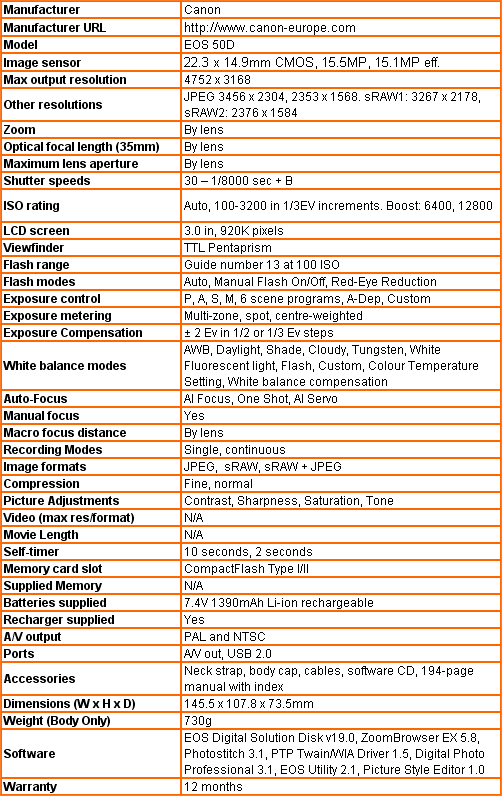
”A range of test shots are shown over the next few pages. Here, the full size images at the minimum and maximum ISO settings have been reduced for bandwidth purposes to let you see the full image, and a series of crops taken from original full resolution images at a range of ISO settings have been included in order for you to gain an appreciation of the overall quality.”
—-
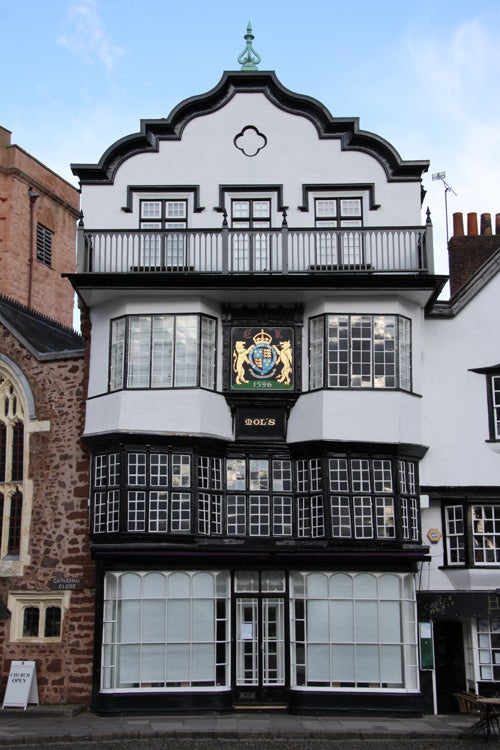
This is the full frame at 100 ISO.
—-
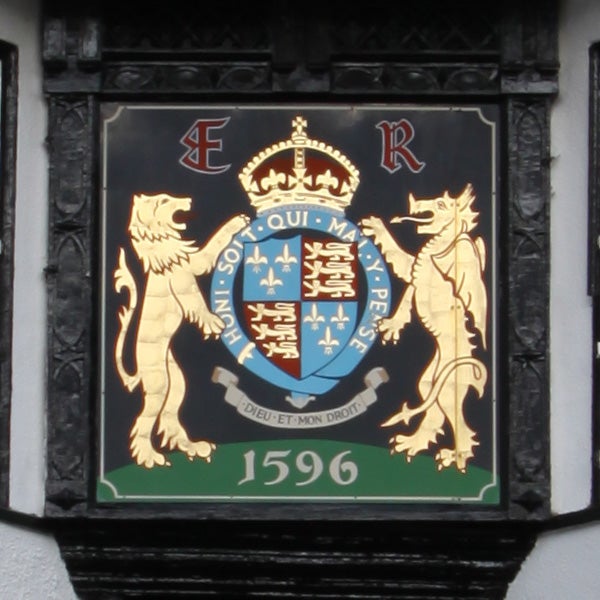
At the minimum ISO setting, picture quality is of course superb.
—-
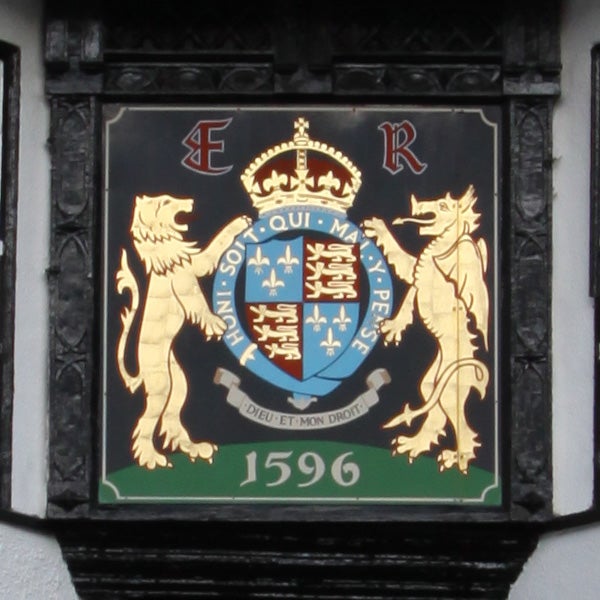
200 ISO and still flawless.
—-
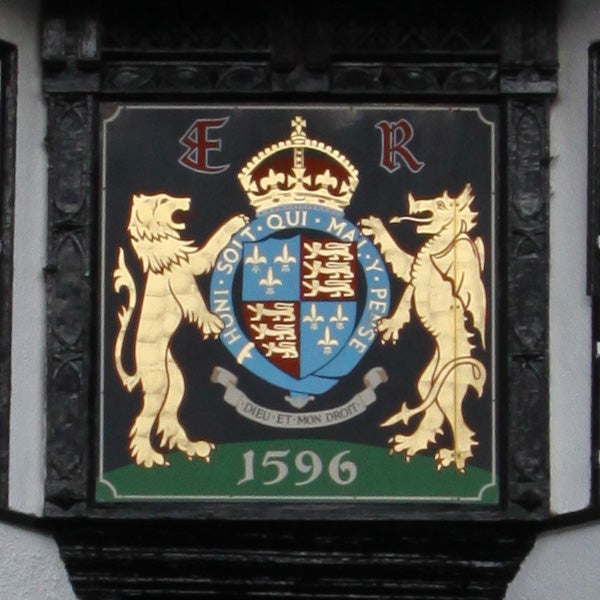
Still no noise problems at 400 ISO.
—-
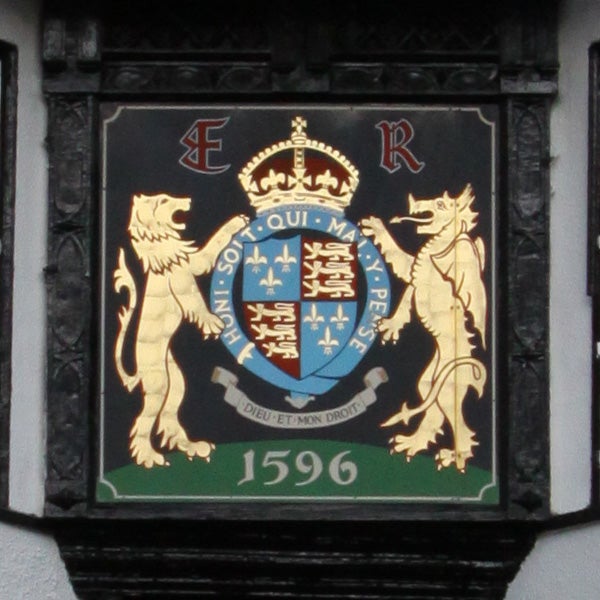
800 ISO and some noise effects are just becoming visible.
—-
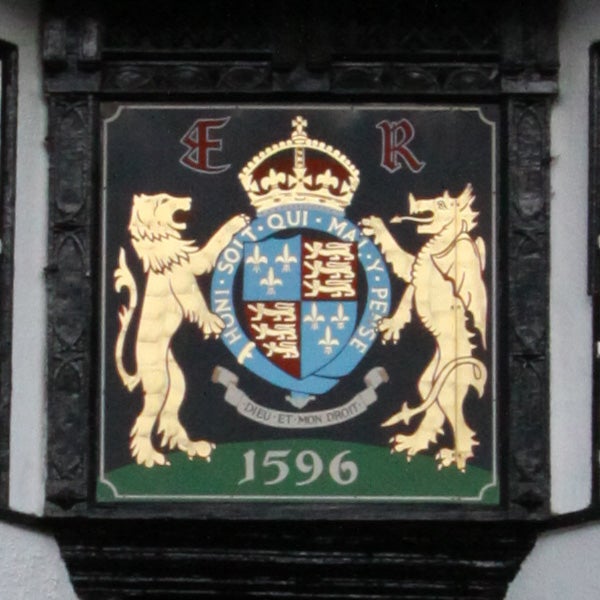
Luminance noise in clearly visible in the darker and mid-tone areas of the image, but it is well controlled.
—-
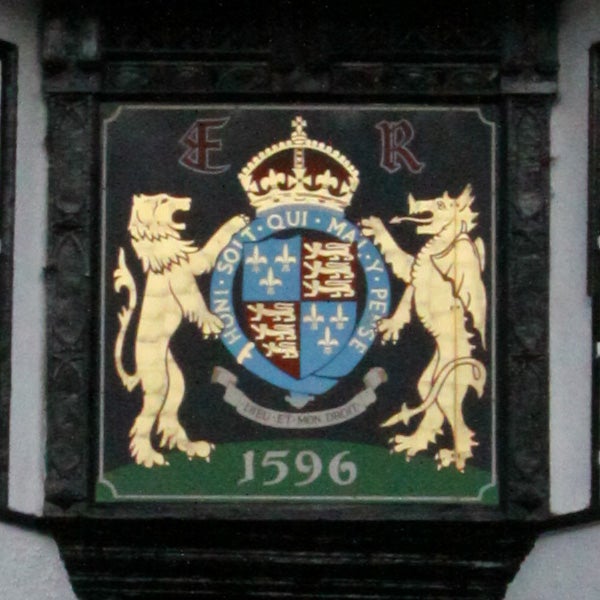
More luminance noise and some chroma noise, and the overall detail is lowered as noise control gets stronger.
—-
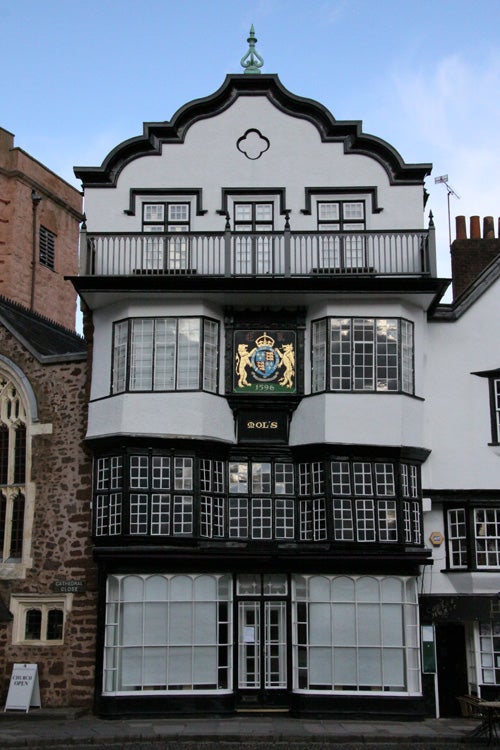
This is the full frame at 3200 ISO.
—-
”A range of general test shots are shown over the next two pages. In some cases, the full size image has been reduced for bandwidth purposes, and a crop taken from the original full resolution image has been placed below it to show the overall image quality. Some other pictures may be clicked to view the original full-size image.”
—-
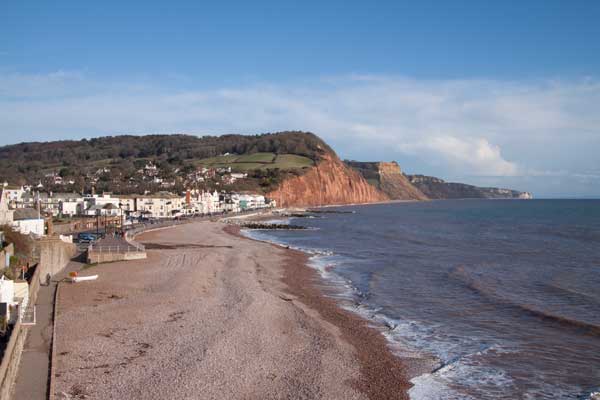
Here’s my usual DSLR test shot of Sidmouth seafront. There’s no full-sized version for download I’m afraid, since the 8.36MB file size is too much for our download system.
—-
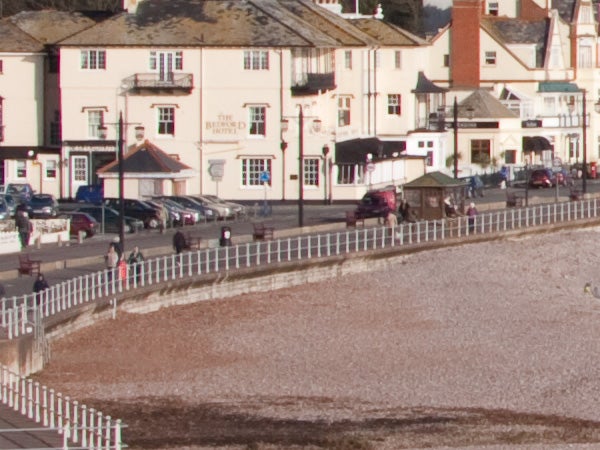
The level of detail is impressive, but compare it with the EOS 40D, the Sony A700 or the Pentax K20D.
—-
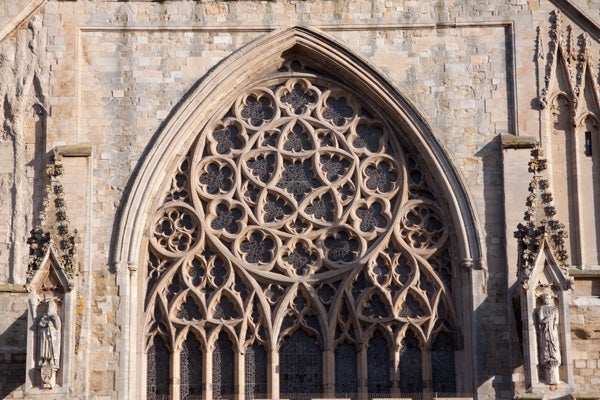
Just for the sake of completeness, here’s the west window of the cathedral.
—-
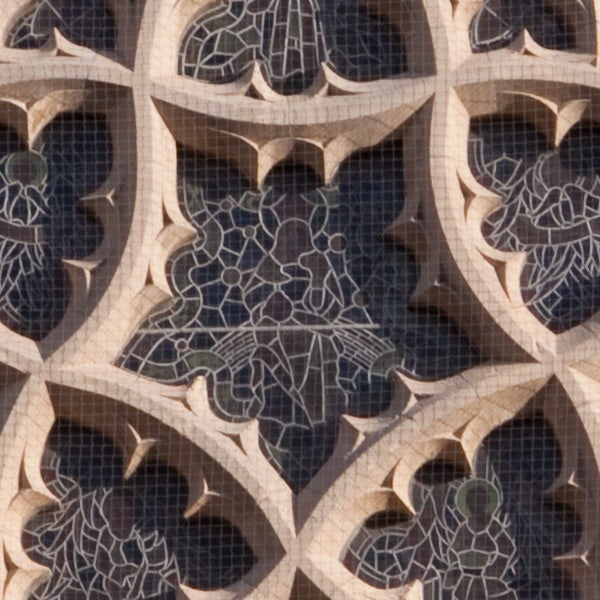
Here’s a full-res crop from the image above.
—-
”Here are some general test shots to help evaluate the camera’s overall image quality, including the zoom range of the lens. Some pictures may be clicked to download the full size original image.”
—-
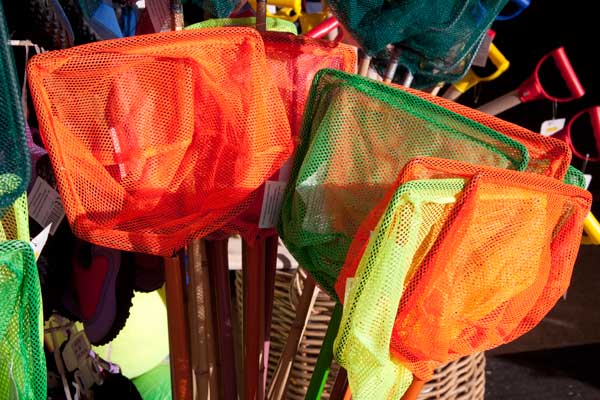
It’s a shame I can’t post the full-sixed version of this; the colour depth is stunning.
—-
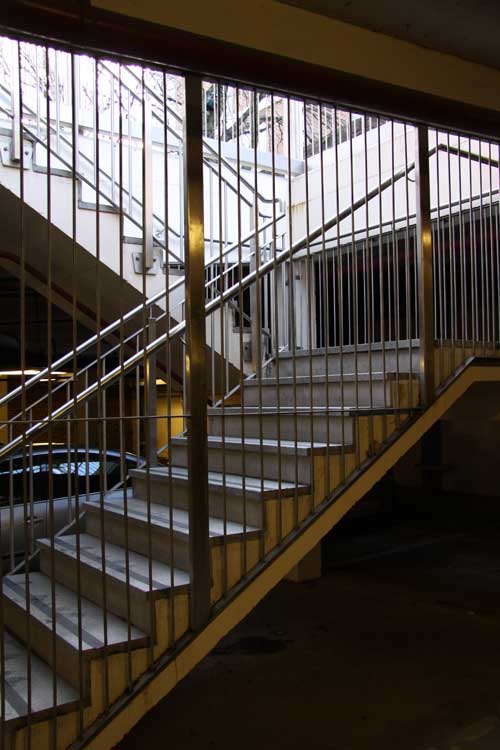
Dynamic range is surprisingly limited for a DSLR. Highlight detail is quite good, but there are some murky shadows.
—-
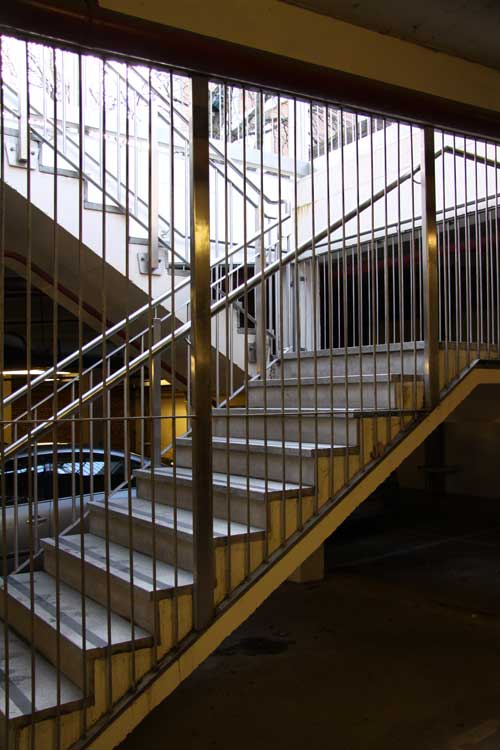
Shooting in Raw mode it is possible to recover some shadow detail, but not much before noise becomes a problem.
—-
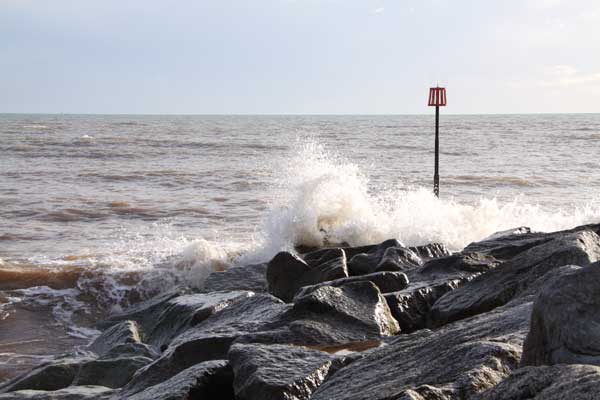
The high-speed autofocus and virtually instantaneous shutter release are great for capturing action shots.
—-
Trusted Score
Score in detail
-
Value 7
-
Image Quality 9
-
Build Quality 10
Features
| Camera type | Digital SLR |
| Megapixels (Megapixel) | 15.1 Megapixel |
| Optical Zoom (Times) | By lensx |

